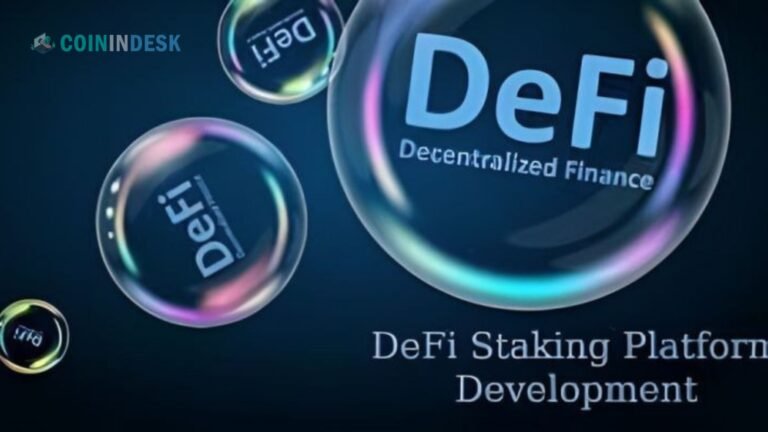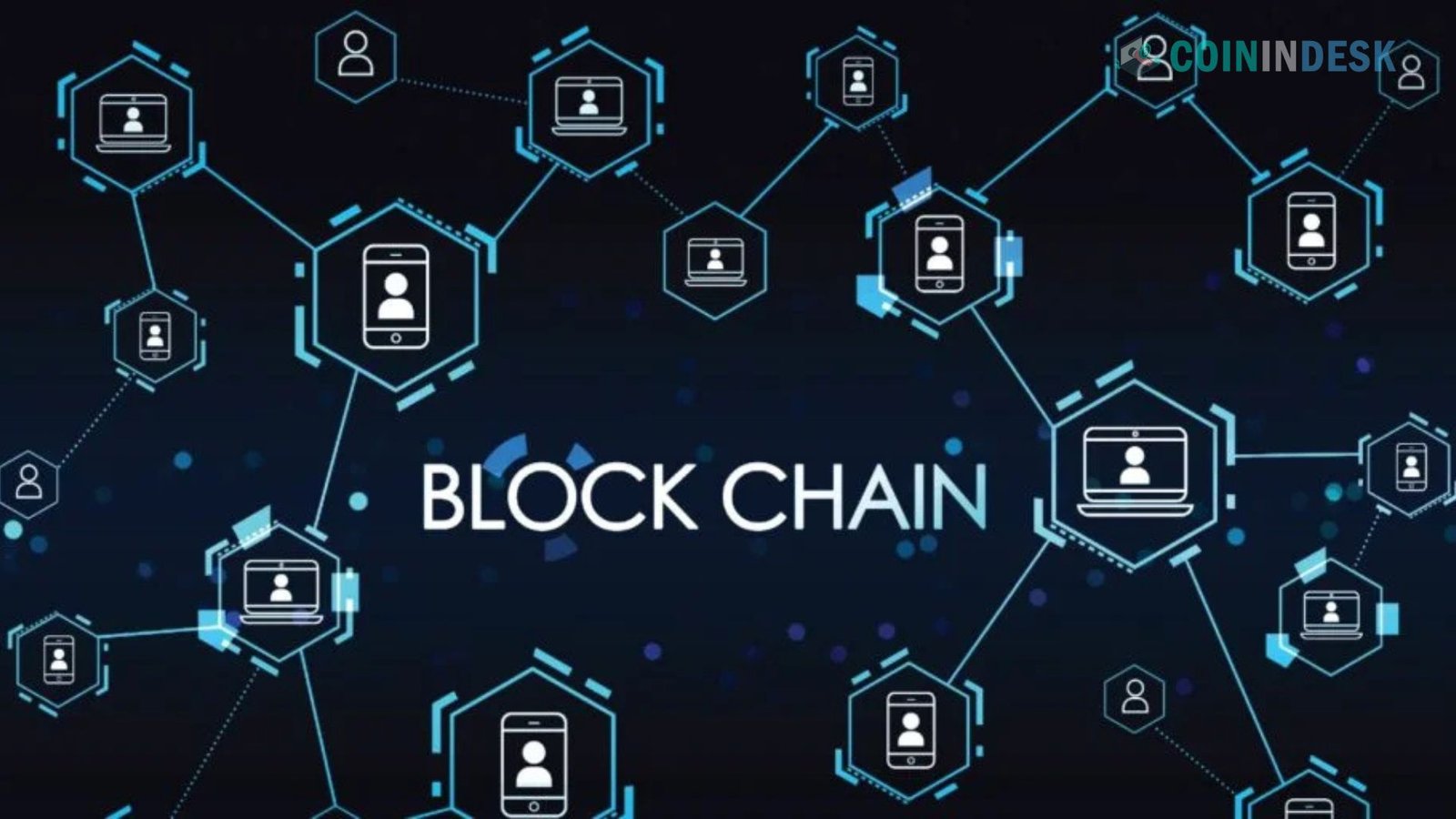The emergence of decentralized finance (DeFi) has caused a sea change in the banking sector. A lynchpin of the contemporary economic scene, DeFi cuts out intermediaries, lowers prices, and provides easy access to financial services. With staking, users and developers alike may participate in the blockchain ecosystem and receive benefits; it’s one of the most exciting parts of DeFi.
Learn the ins and outs of DeFi staking platform development with this comprehensive book. We’ll cover the basics, such as what it is, how it works, and the features your platform must have to succeed. This blog is created to provide you with all the information you need, whether you’re a developer interested in DeFi or a business that wants to add staking solutions to your portfolio.
It is critical to grasp the nature of DeFi staking before delving into the details of building a DeFi staking platform.
DeFi staking describes how users secure their cryptocurrency holdings in a DeFi protocol to ensure the network’s functionality. Staking tokens allow users to earn incentives, which can be other cryptocurrencies or even the same tokens they staked.
Decentralized protocols power DeFi staking instead of conventional staking, which usually depends on centralized exchanges or financial institutions. This improves the control, security, and openness of financial dealings. An appealing aspect of the DeFi ecosystem is that users may participate in network operations while still owning their assets.
Why DeFi Staking Is So Popular
Several factors have contributed to the meteoric rise in popularity of DeFi staking:
- Passive Income: Keeping and staking assets enables users to generate passive income. Crypto investors who prefer to avoid the hassle of day trading but still want a chance to earn rewards may find this attractive.
- Decentralization: With DeFi, customers have greater control over their finances since there are no middlemen. Thanks to decentralization, security, and privacy are both enhanced.
- Lower Costs: Staking fees are reduced with DeFi since traditional financial institutions or centralized exchanges are no longer needed.
- Liquidity: You may still access your cash while earning incentives on many DeFi platforms since they offer liquidity alternatives for staked assets.
- Yield Farming: DeFi platform users may typically participate in yield farming by staking tokens provided by liquidity providers, which increases the possible earnings.
Critical Components of a DeFi Staking Platform
With the fundamentals of DeFi staking out of the way, let’s examine what goes into creating a DeFi staking platform. For a smooth staking experience, whether you’re starting from a blank slate or enhancing a current platform, these elements are must-haves:
User-Friendly Interface
To be successful, a DeFi staking platform must have an easy-to-navigate UI. Although the platform’s backend may be complicated, the user interface must be easy to understand and use. Staking, incentive tracking, and asset withdrawals should all be user-friendly and painless.
Staking Pools
Reward Mechanisms
Security Features
Staking Validator Integration
Liquidity & Withdrawal Options
The DeFi Staking Platform Development Process
Market Research & Feasibility Study
Choose the Blockchain Network
Design & Development
Security Audits & Testing
Thorough security audits and testing are essential in DeFi since security is paramount. Your platform should be tested thoroughly to ensure it is secure and resistant to vulnerabilities. Regular audits should also be part of the long-term maintenance plan to keep the platform safe as it expands.
Continuous Improvement
Conclusion
The development of the DeFi staking platform presents tremendous prospects for programmers, companies, and crypto enthusiasts. By developing a decentralized, easy-to-use, and safe staking platform, you may contribute to DeFi’s expansion and meet the needs of those who want to earn cryptocurrency as a side hustle.
To develop a successful DeFi staking platform, one must grasp blockchain technology thoroughly, concentrate on security, and pay meticulous attention to detail. This includes selecting the appropriate blockchain network and integrating crucial features such as staking pools, reward systems, and liquidity alternatives.
Staking is already a big deal on decentralized financial platforms and will only grow as the DeFi ecosystem expands. With these development techniques and insights, you can build a staking platform that customers love and stand out in the crowded DeFi industry.




